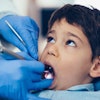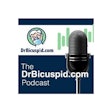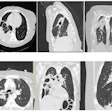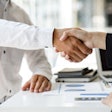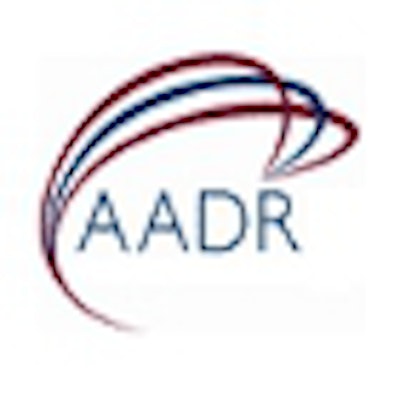
TAMPA, Fla. - The next paradigm for dental healthcare will be more personalized, and scientific advances such as genomics will lead the way, according to Martha Somerman, DDS, PhD, director of the National Institute of Dental and Craniofacial Research, during a presentation yesterday at the American Academy for Dental Research (AADR) annual meeting.
“We absolutely need interdisciplinary communication, but it is still slow to advance.”
— Martha Somerman, DDS, PhD, NIDCR
As part of the 2012 Distinguished Lecture Series, Dr. Somerman discussed several vehicles that dentistry will use to offer diagnoses that are more precise, tailored to the patient, and, consequently, better able to preempt disease.
"What's new about 'The right treatment for the right patient?'" Dr. Somerman asked. "Some are insulted by that, asking 'How have we not been doing that all along?' But it's the science that is coming along."
Some obstacles do remain, however.
"We absolutely need interdisciplinary communication, but it is still slow to advance," Dr. Somerman said. "And diagnostic tools and biomarkers -- are we there yet?"
Cues from other disciplines to improve dentistry's role in patients' lives can also be incorporated into treatment, she emphasized.
"The behavioral aspect is critical," she said. "Funding intervention studies for motivational strategies in different cultures to have people go to the dentist, for example, is urgent."
Genomics and personalized medicine
Genomics is also finding its way into dental research and will become an important aspect of the "personalized healthcare revolution" that will eventually impact dental practice, as well as other types of medical care.
"With the mapping of the human genome and technological advances, we now have a set of research tools to find the genetic contributions to common diseases," Dr. Somerman stated. "It's a complex, cross-discipline process, and we need better models in vivo and in vitro to move things to the clinic."
Collaborations are taking place between the National Institutes of Health and the U.S. Food and Drug Administration (FDA) to streamline the introduction of new treatments utilizing these new techniques and technologies, she added.
For example, genomic studies targeting cleft lip and cleft palate are already underway.
"There is very strong evidence for genetic control, and we need preclinical methods to study it," she said, noting that researchers have completely restored this mutation in mouse embryos engineered to have cleft lip and cleft palate.
Other studies using human genome mapping technology will address facial shape, Sjögren's syndrome, caries, fluorosis, and periodontal disease, according to Dr. Somerman.
HIV and HPV testing
Dentistry's role in overall healthcare is also set to expand, particularly in the area of diagnostics, she added.
"The oral cavity is a wonderful place for this," Dr. Somerman said, noting that an HIV rapid test was FDA approved and that one in 5 states supports it for dental care settings. Patients mostly approve as well. But obstacles still exist, even in dentistry.
"Dentists are concerned about [the test] being in the realm of their care," she said. "But it could be a part of wiping out AIDS."
Diabetes testing is also well-suited to the dental setting because only a spot of blood for glucose testing is required, and the test can be performed during a routine periodontal exam, Dr. Somerman said.
The dental setting is also crucial to the detection of HPV-related oropharyngeal cancer, which has increased threefold from 1988 to 2004, she added.

